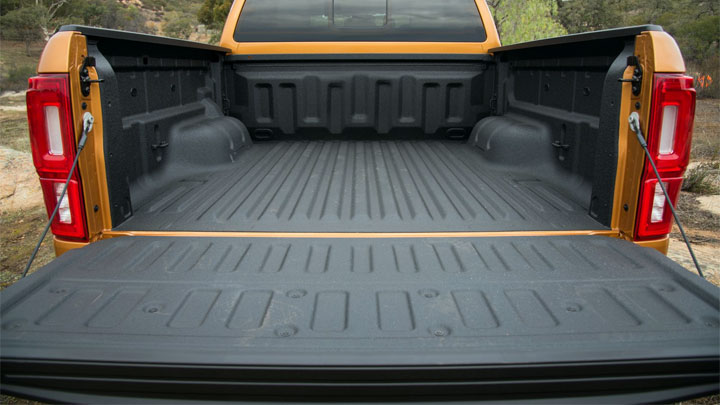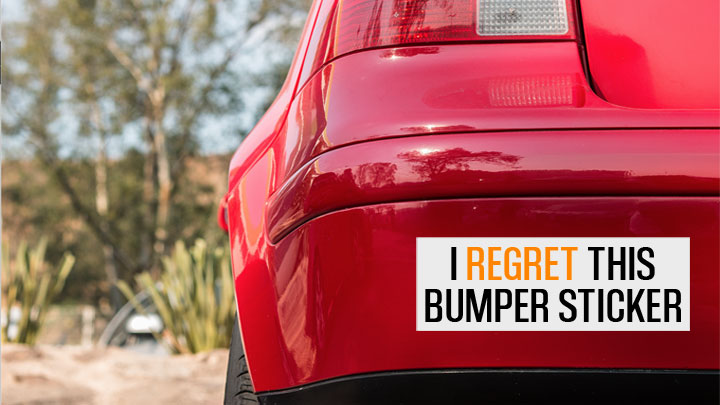Last Updated on March 30, 2021
While flex-fuel might not be a new thing, it is gaining popularity, and many people still don’t know what it is. Should you be looking for a vehicle that uses flex-fuel, and why is it usually cheaper at the pump? More importantly, what is flex-fuel anyways?
Whether you’re looking at buying a new vehicle or just want to know what that new sticker at the pump means, we got you covered here.
What is Flex Fuel?
Flex-fuel is a fuel source that is similar to gasoline, but it typically contains far more ethanol. All fuel contains ethanol to some percentage, but what flex fuel does is drastically change the ratio.
For example, 87 octane fuel contains around 10 percent ethanol and the rest is gasoline. E85, a common type of flex-fuel, flips those ratios. E85 can contain up to 85 percent ethanol and only 15 percent gasoline!
Advantages of Flex Fuel
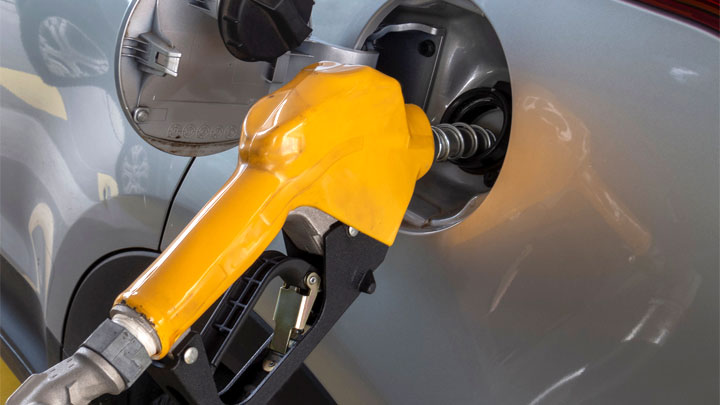
While many sites tout that flex-fuel vehicles come with tons of advantages over traditional vehicles – you can break down those advantages into two main categories.
#1 – Good For the Environment
First, there’s no doubt that flex-fuel vehicles are better for the environment. Ethanol is a sustainable energy source, and it reduces the amount of gasoline in your fuel. This is a win-win for the environment.
Even better, ethanol burns cleaner than gasoline, which means you’re not just using a sustainable energy source, you’re actually producing fewer greenhouse gases. This is true even when you consider the fact that flex-fuel is less fuel-efficient.
#2 – Tax Credits
Second, many states will give you tax breaks if you drive a flex-fuel vehicle. Some of the tax credits can take up to $1,500 off your tax bill! State governments created these tax credits to incentivize drivers to choose a flex-fuel vehicle and get more of them on the road than a traditional gasoline vehicle.
Disadvantages of Flex Fuel
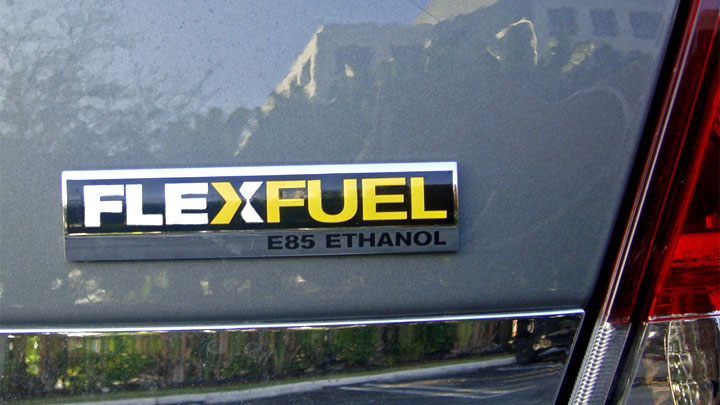
While flex-fuel vehicles are far more environmentally friendly, there’s also no doubt that they have one main disadvantage.
That’s because when you’re using flex-fuel, they’re far less fuel-efficient – sometimes you’ll see a 20 to 30 percent drop! And while flex-fuel is typically a little cheaper at the pump, this fuel efficiency drop eats any potential savings.
While some like to argue that there isn’t a significant drop in fuel economy because the engines adapt to the ethanol ratio, the fact is that ethanol is less energy-dense than gasoline. In fact, gasoline produces 1.5x more energy than ethanol.
But while you’ll see up to a 30% drop if you use fuel with a true 85% ethanol to gasoline ratio, many E85 fuels use far less ethanol. Some of them are closer to a 50/50 blend, which will improve your fuel economy while still providing you with some of the cost savings.
While finding flex fuel gas stations can be a tad bit difficult in some areas, if you drive a flex-fuel vehicle, you don’t need to worry. That’s because your vehicle has a fuel composition sensor that automatically adjusts your fuel ratio to the current ethanol content in your fuel.
Unless you have a check engine light with a code P0178, your vehicle will make all the necessary adjustments to whatever percentage of ethanol you’re using.
Finally, while flex-fuel is more environmentally friendly in many ways, they have driven a new concern in the agricultural world. Since farmers and manufacturers are allocating extra space for these crops, it can drive up the cost in other sectors.
It can quickly drive up the cost for animal feed and other uses of these crops, which can have a negative environmental impact overall.
Flex Fuel vs E85
There is no difference between flex-fuel and E85 – they are two terms for the exact same thing!
Flex Fuel vs Gasoline
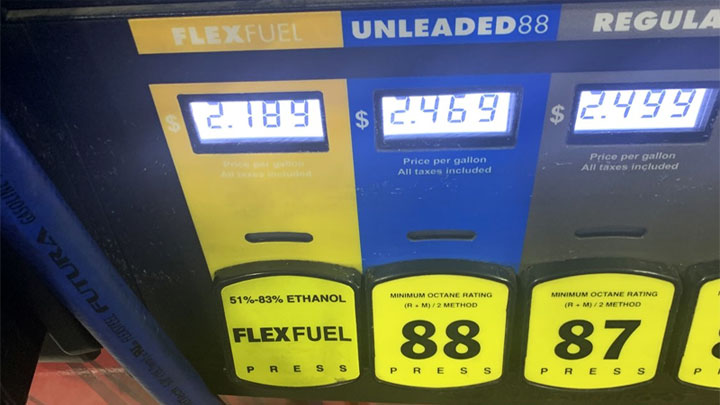
Flex-fuel contains far more ethanol than regular gasoline. The lowest octane gasoline only has up to 15 percent ethanol, while flex-fuel vehicles can use up to 85 percent ethanol.
What Kinds of Cars Use Flex Fuel?
While Ford was the first vehicle manufacturer to introduce a flex-fuel vehicle, today you can find flex-fuel vehicles from any major manufacturer. Simply look for a flex-fuel badge or check your owner’s manual to see if you have a flex-fuel vehicle.
Can I Use Flex Fuel in a Regular Vehicle?
The short answer is NO. The long answer is a bit more complicated.
While a regular vehicle can run on flex-fuel for a short time, you will run into problems if you continue to put it into your vehicle. You can expect a check engine light right away, but a one-time use shouldn’t have detrimental effects on your engine.
Can I Use Regular Gas in a Flex Fuel Vehicle?
Absolutely! Manufacturer’s designed flex-fuel vehicles to handle both regular gasoline blends and flex-fuel blends without any issues.
Does Flex Fuel Smell Different?
Flex-fuel absolutely smells different than regular gasoline. That’s because flex-fuel is a grain-based ethanol, and this generates a different smell. Many people refer to the smell as a popcorn smell and claim that it smells sweet.


